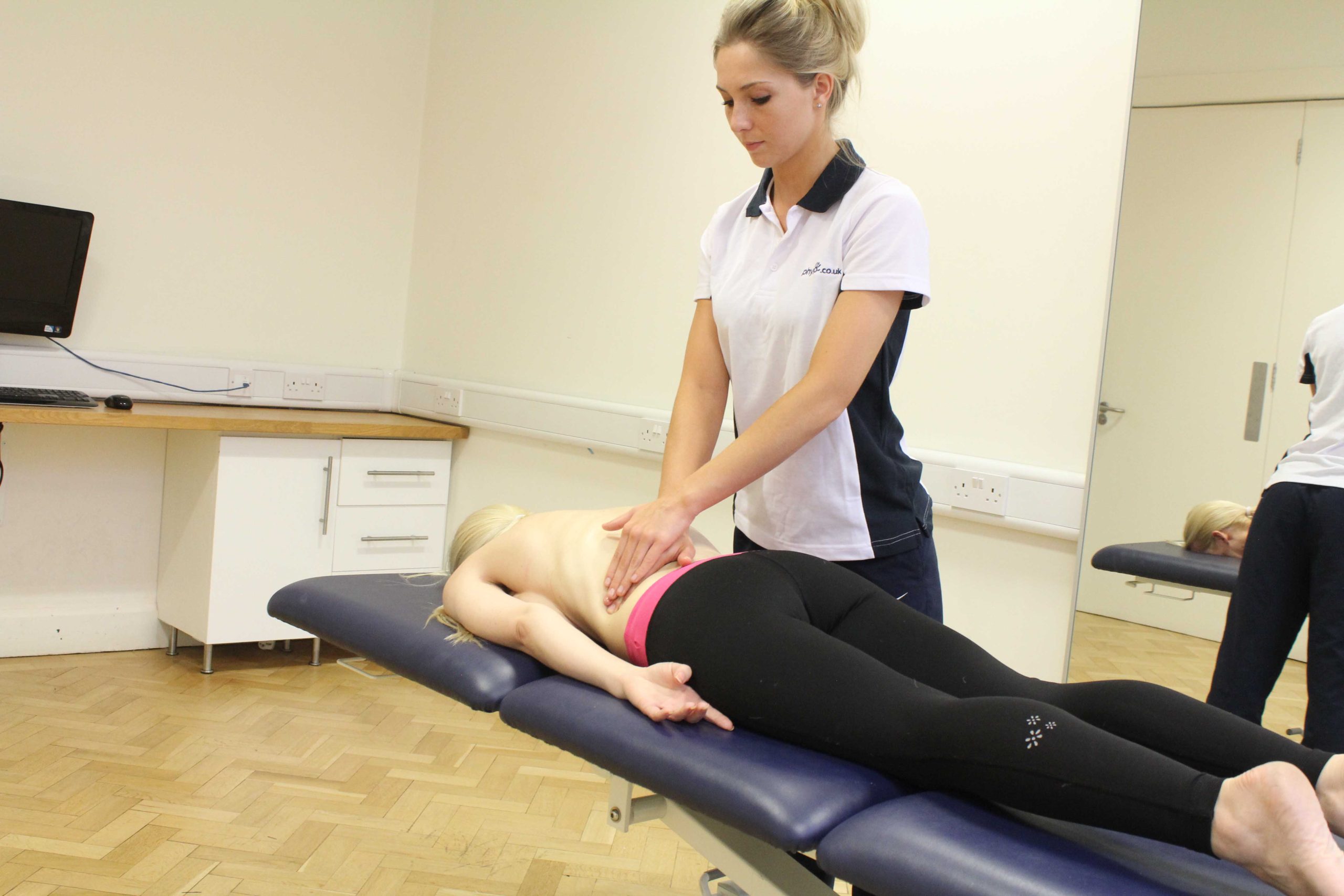Low back pain is a prevalent condition that affects people of all ages and backgrounds. It can range from mild discomfort to debilitating agony, impacting daily activities and overall quality of life. In this exploration of “Low Back Pain Demystified: Understanding Causes and Solutions,” we delve into the intricate web of factors contributing to this common ailment and unravel effective solutions for relief.
Understanding the Causes:
The origins of low back pain are diverse, often stemming from a combination of lifestyle choices, anatomical factors, and underlying health conditions. Common causes include:
- Muscle Strain: Overexertion, improper lifting techniques, or sudden movements can strain the muscles in the lower back, leading to pain and discomfort.
- Poor Posture: Prolonged periods of sitting or standing with improper posture can strain the spinal structures, contributing to low back pain.
- Degenerative Disc Disease: Aging can lead to wear and tear of the intervertebral discs, causing pain as the discs lose their cushioning ability.
- Herniated Discs: The rupture of a spinal disc can irritate nearby nerves, resulting in pain that may radiate down the legs.
- Structural Issues: Abnormalities in the spine, such as curvature disorders or spinal stenosis, can contribute to chronic low back pain.
Exploring Solutions:
- Exercise and Physical Activity: Regular exercise, including targeted workouts for the core and lower back muscles, can strengthen the body, improve flexibility, and alleviate pain.
- Pain Management Techniques: Over-the-counter pain relievers, hot and cold therapy, and topical analgesics can provide temporary relief from low back pain.
- Posture Correction: Mindful awareness of posture during daily activities, along with ergonomic adjustments, can prevent and alleviate low back pain caused by poor posture.
- Physical Therapy: Working with a physical therapist can provide tailored exercises and techniques to address specific issues contributing to low back pain.
- Weight Management: Maintaining a healthy weight reduces the strain on the lower back, minimizing the risk of developing or exacerbating pain.
- Alternative Therapies: Practices such as yoga, acupuncture, and chiropractic care can offer complementary approaches to managing low back pain.
Conclusion:
“Low Back Pain Demystified: Understanding Causes and Solutions” seeks to unravel the complexities surrounding this common ailment. By gaining insight into the various causes and exploring effective solutions, individuals can take proactive steps toward preventing, managing, and finding relief from low back pain. Empowered with knowledge, individuals can make informed choices to foster a healthier, pain-free back and an improved overall quality of life.

